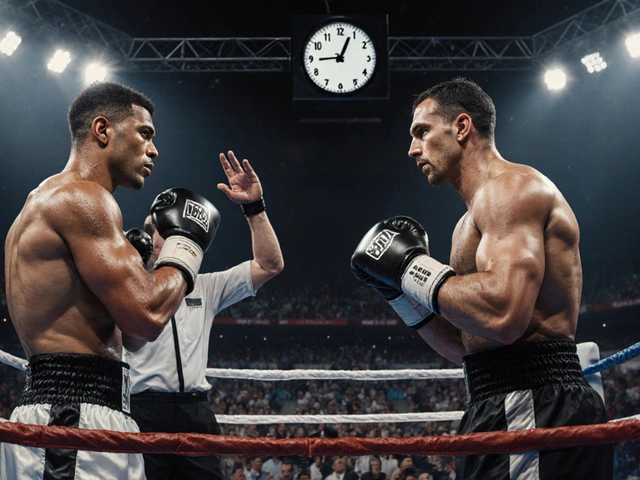Rugby Try – The Heart of Scoring in Rugby
When you hear the crowd roar after a Rugby Try, the act of grounding the ball in the opponent’s in‑goal area to earn five points. Also known as try, it is the primary way teams rack up points on the field. A try requires that a player control the ball and touch it down with pressure, making the scoring moment both a skill test and a tactical win.
Right after a try, the scoring team gets a chance for a Conversion, a place‑kick worth two extra points if the ball is successfully kicked through the uprights. The conversion links directly to the try because without grounding the ball first, there is no kick. Referees watch the grounding closely; any loss of control, forward pass or illegal obstruction can nullify the effort. This close scrutiny creates a clear connection: try → conversion → extra points. The same moment can also trigger a Jackal, a defensive move where a player contests the ball at the tackle breakdown. A successful jackal can stop the attacking team from setting up the conversion, showing how turnovers influence scoring.
What Referees Look for and How It Affects Play
For officials, a try is more than a score; it’s a checklist of law compliance. The referee must confirm that the ball is in‑goal, that it is touched down with downward pressure, and that the player isn’t in touch or off‑side. They also watch the supporting players to make sure no illegal support or obstruction occurs. This ties the try to other core rugby entities like the scrum (used to restart play after minor infringements) and the penalty kick (another scoring method that can affect the decision to go for a try). Understanding these links helps players anticipate when a try opportunity is likely—often after a strong lineout or a set‑piece drive.
Below you’ll find articles that break down the mechanics of a try, explore conversion strategies, teach you how to use the jackal effectively, and give referees the insider tips they need to keep the game fair. Whether you’re a player looking to cross the line, a coach planning the next attacking set, or a referee sharpening your eye for the details, the collection offers practical insights you can put into action right away.
Rugby Try: What Is It Called and Why It Matters
A rugby try is one of the most exciting plays in the game, but what exactly is it called and how does it impact the match? This article breaks down what a try is, why it’s a big deal, how it affects the score, and some quirky facts that might surprise even seasoned fans. You’ll get clear answers to the basics and tips for picking up on more in-depth rugby talk. By the time you’re done, you’ll sound like you’ve been following rugby for years, even if you’re just getting started.





